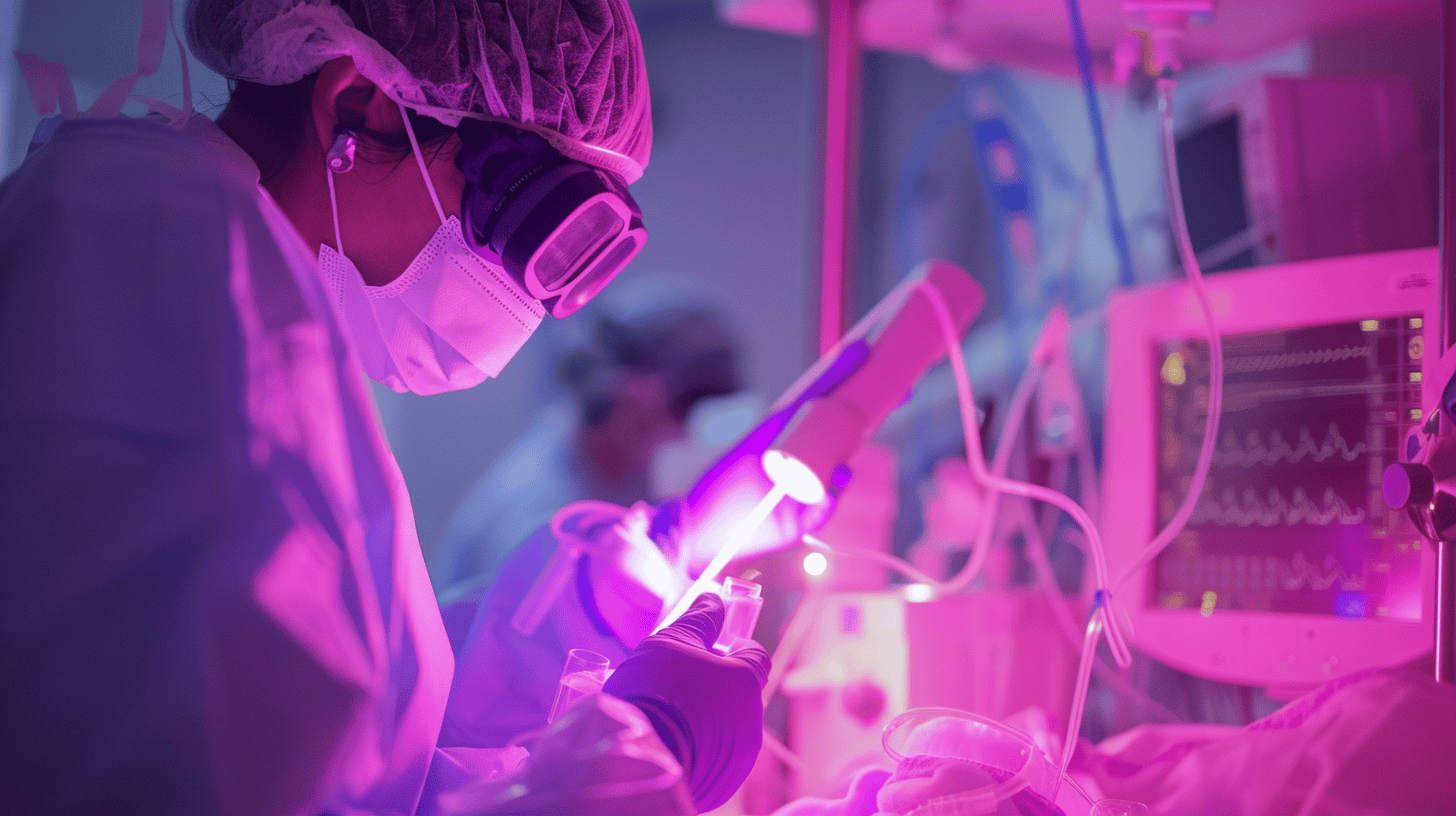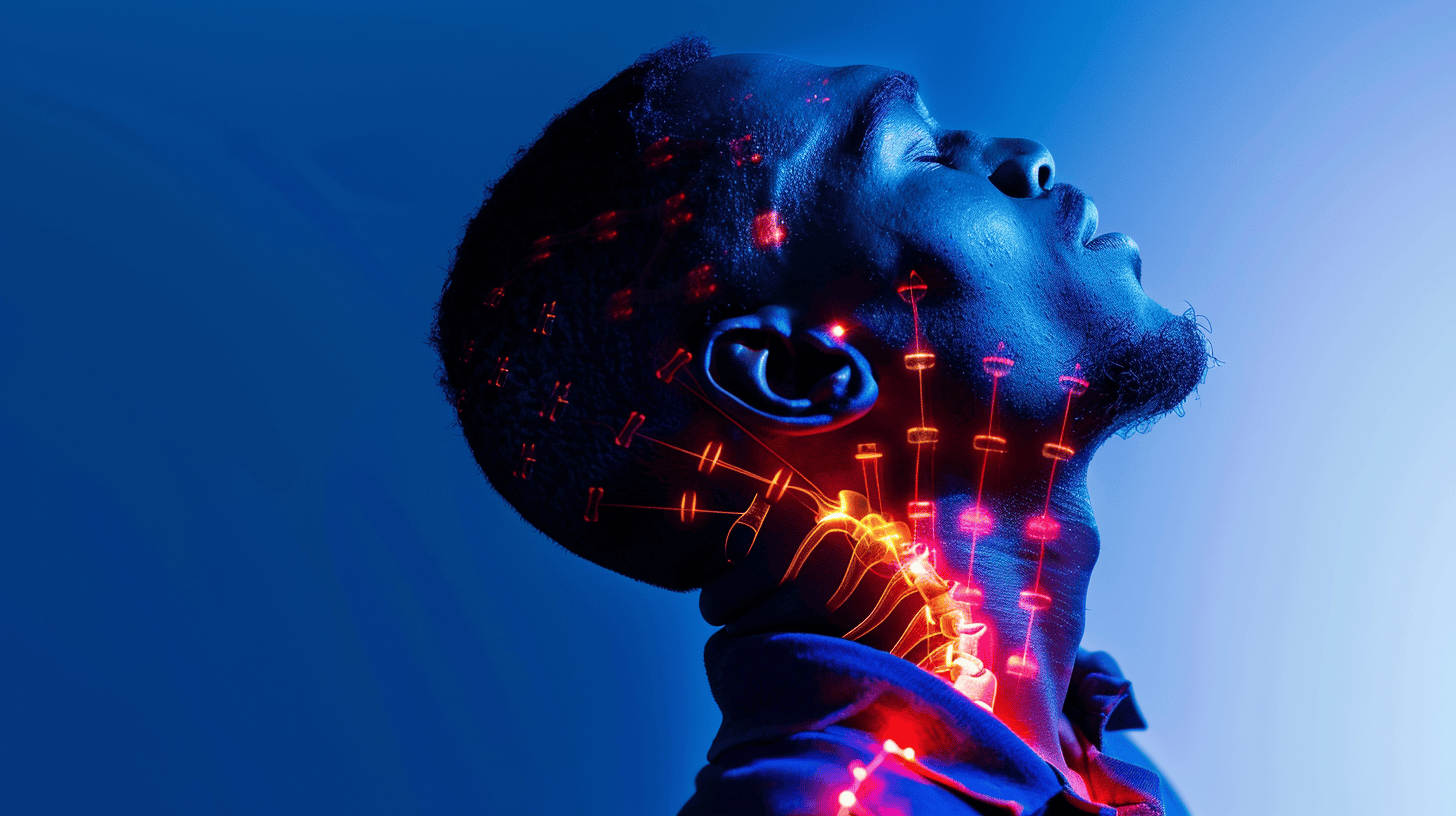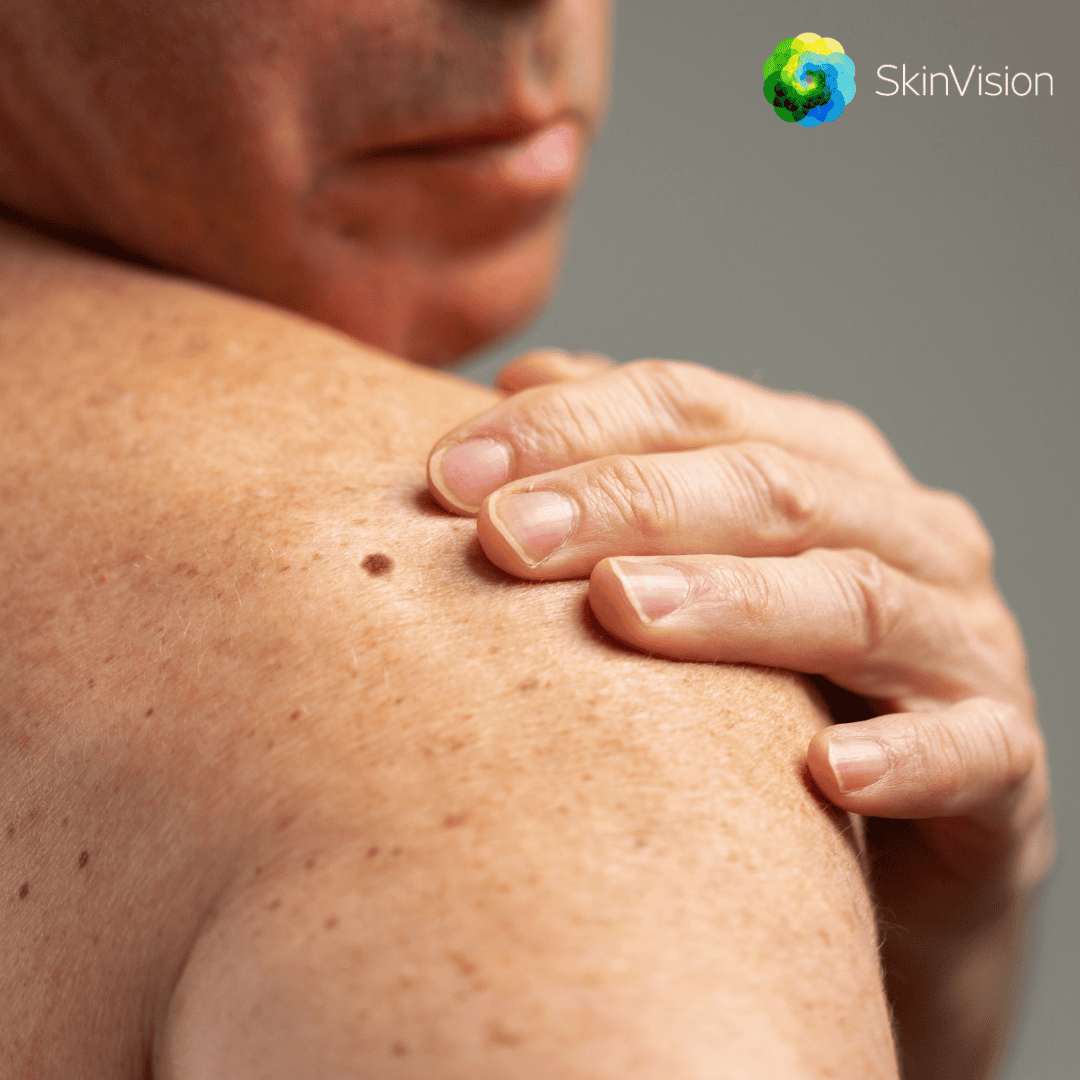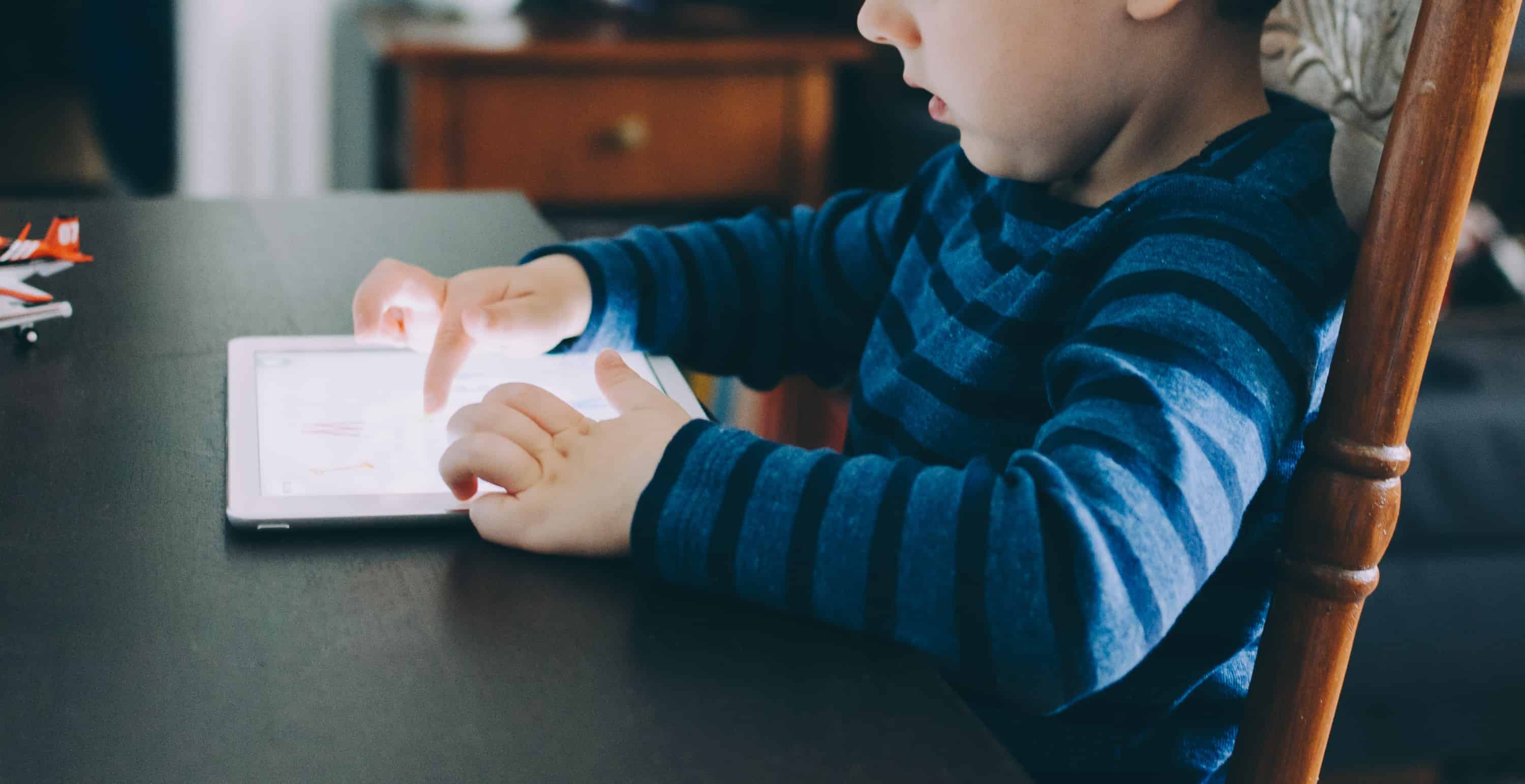
By no means every parent is aware of it, but prolonged screen use can cause permanent eye damage in children. This is according to research by het Oogfonds, which aims to raise awareness through OverZien, a new Dutch podcast series. But there is hope; more and more innovative solutions exist to combat myopia. We discuss three of them.
- Many children suffer from myopia.
- Special lenses, light therapy and apps can potentially combat myopia.
Special eyewear and lenses
Currently, nearsightedness is corrected in most cases with single vision lenses, which provide sharp vision but do not help slow the progression of myopia. But special spectacle lenses are carefully being developed that do. Take MiYOSMART lenses, which have a honeycomb pattern built in. It works like this: the special pattern in the glasses actually changes the way light enters the eyes, making them less likely to become nearsighted. The clear glass in the glasses ensures that a child can still see clearly and provides the correct correction for vision.
Night lenses, or orthokeratology or Ortho-K lenses, can also correct myopia (nearsightedness) and possibly even slow its progression. The mechanism behind this is not yet fully understood, but it may have to do with how night lenses affect the cornea and adjust the focus of light in the eye.
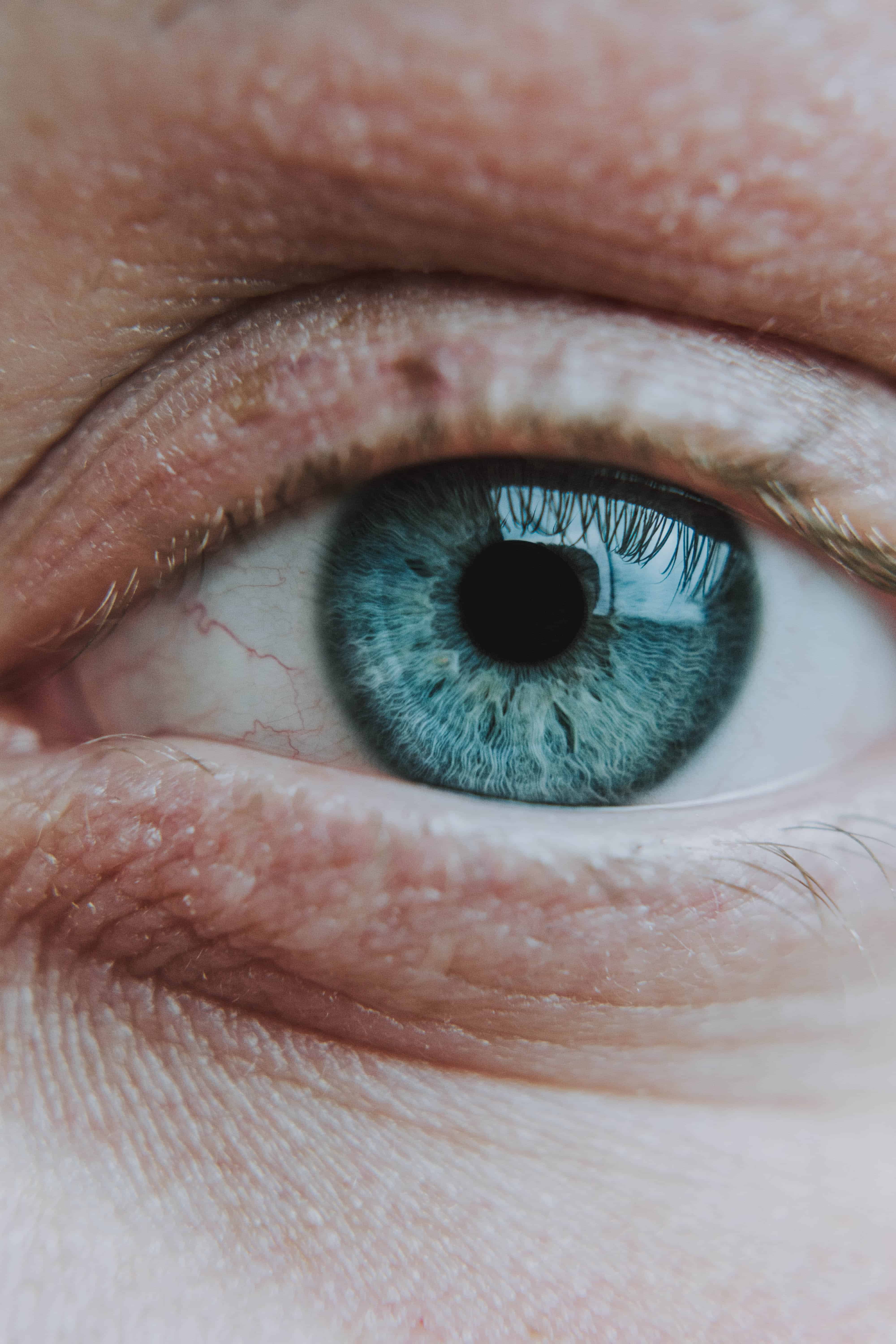
Red light therapy
Besides lenses, light therapy could also help. A study conducted in five hospitals in China showed that repeated exposure to low-intensity red light (RLRL) for a year was also effective in slowing the progression of myopia. Children in a treatment group used a type of desk lamp under parental supervision, for no more than 3 minutes, twice a day. The therapy proved effective: axial length growth in children’s eyes was significantly reduced. Other studies also show positive results, so who knows, we might see this therapy appear on the market in a while.
Useful apps
Although many treatments against nearsightedness are still being researched, parents can also take action in the fight against nearsightedness now in a low-threshold way, for example to get more control over excessive smartphone use. Take the Plano app. It gives parents more control over their children’s smartphone use by allowing them to automatically lock the smartphone, set time limits, block certain apps and websites, and activate a blue light filter to address eye strain and sleep deprivation.



